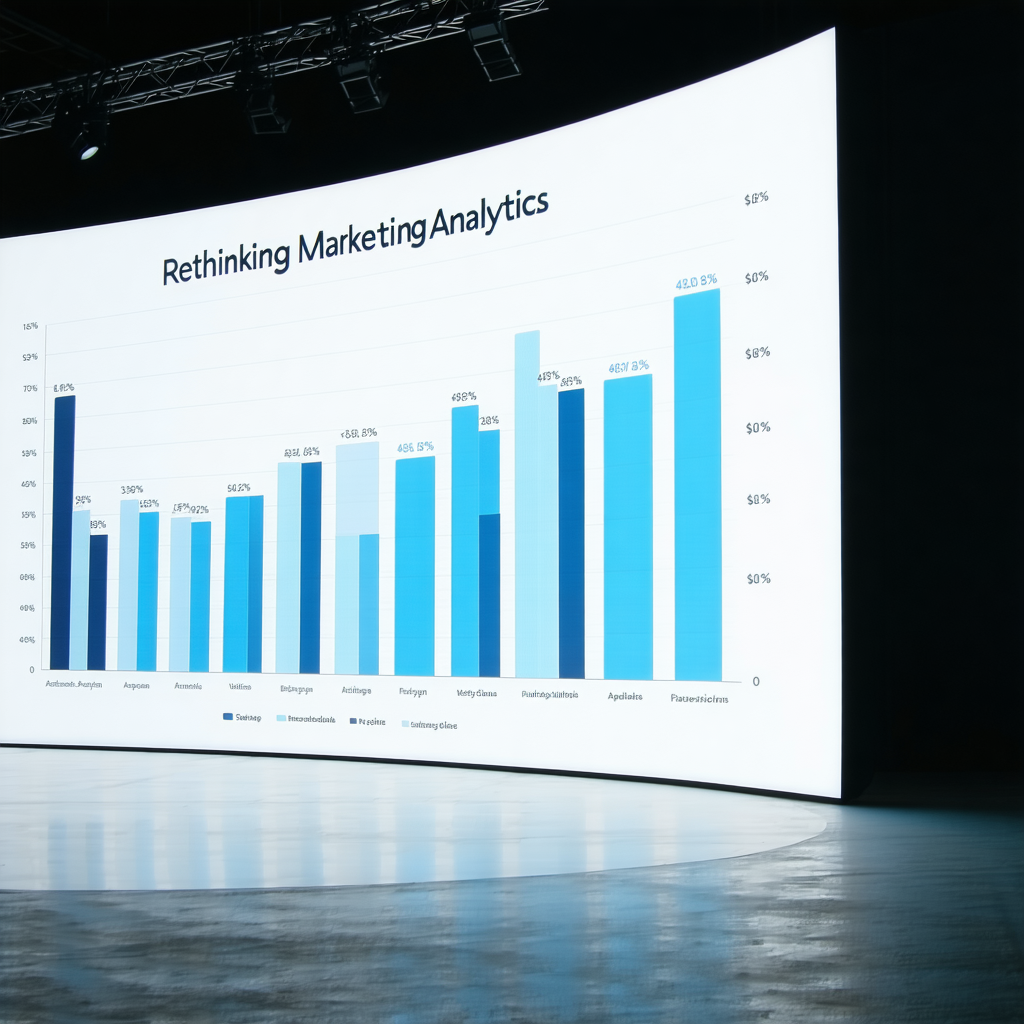1. The 2025 eCommerce Platform Landscape
The battle for storefront supremacy remains a two-horse race. According to BuiltWith’s live tracking, WooCommerce powers roughly 6 million active stores, while Shopify sits just under 5.9 million. Yet Shopify edges ahead in overall market share (≈ 26 %) versus WooCommerce’s ≈ 20 % —especially among the top-traffic sites. BuiltWith Trends+1MobiLoud
2. What’s New This Year?
| WooCommerce | Shopify | |
|---|---|---|
| Major 2025 Release | WooCommerce 10.0 (July) introduces container-query support in Cart & Checkout blocks for faster render times and leaner CSS. The WooCommerce Developer Blog | Shopify Editions Summer ’25 ships 150 + updates, including a unified Polaris UI, Hydrogen on React Router 7, and AI-first developer recipes. Shopify |
| AI Push | Growing library of AI extensions plus deeper headless flexibility lets agencies embed custom LLM workflows. Woolentor | Shopify Magic & Sidekick roll out store-assistant tools, predictive search, and automated product descriptions. Shopify |
| Native Features Trending | Block-based checkout, UPS-label purchasing inside the dashboard, and rebuilt email templates. WooCommerce | Native bundles, combined listings, and an expanding Functions framework for custom logic. Shopify |
3. Head-to-Head: Pros & Cons
| Dimension | WooCommerce | Shopify |
|---|---|---|
| Ownership & Control | 100 % open-source. Code, database, and hosting live wherever you choose. Ideal for bespoke features or compliance-heavy sectors. | SaaS model abstracts infrastructure but locks core code. You’re limited to the APIs Shopify exposes. |
| Total Cost | Free core plugin; pay only for hosting and chosen extensions. No platform transaction fees. | Starts at $39/mo and adds 0.15 – 0.30 % extra fees unless you use Shopify Payments. App costs scale quickly. |
| Customization | Unlimited PHP/JavaScript changes, headless or monolithic. Perfect for Metrotechs’ AWS-based Launchpad stack. | Liquid templates are flexible, but deep back-end logic must use Shopify Functions or edge apps. |
| SEO & Content | Native WordPress editor, Yoast/RankMath, and full permalink editing; easy to marry content marketing with commerce. | SEO foundations are solid, but URL structure and blogging tools remain opinionated. |
| Performance & Scalability | Depends on hosting. With AWS + CloudFront, WooCommerce can rival Shopify throughput—but mis-configured servers perform poorly. | Auto-scales out of the box; global CDN baked in. Less room for infrastructure mistakes. |
| Payments & Checkout | Choice of gateways; new block-based checkout narrows UX gap with Shopify. | One-page high-converting checkout is industry-leading; instant buy via Shop Pay. |
| Security & Compliance | Responsibility sits on the merchant or their agency. Full control = full accountability. | PCI-DSS and server hardening handled by Shopify; fewer moving parts for merchants without technical staff. |
4. Key 2025 Trends Influencing the Choice
-
Headless Commerce Matures
WooCommerce’s REST and GraphQL endpoints—combined with decoupled front-ends (Next.js, Astro, Flutter)—give agencies like Metrotechs unprecedented freedom to craft ultra-fast, app-like storefronts. Woolentor -
AI-Native Tooling
Shopify leads with baked-in generative tools for merchants, but WooCommerce’s plugin ecosystem lets developers embed bespoke AI workflows: image generation for PDPs, predictive inventory, personalized merchandising—all fully owned and hosted on your stack. -
Checkout Arms Race
Shopify’s single-page, A/B-tested checkout still converts slightly better out of the box, but WooCommerce’s 2025 block overhaul slashes load time and simplifies customization, erasing much of the historical gap. The WooCommerce Developer Blog Shopify -
Data Sovereignty & Privacy
With GDPR-style regulations proliferating, brands want their analytics and customer data under their own roof. WooCommerce’s self-hosted nature fits that bill; Shopify is improving data-export tools but remains a black box for some metrics.
5. Why Metrotechs Chooses WooCommerce for Custom Builds
-
Total Architectural Freedom
Our forte is bespoke, full-stack engineering—from React front-ends to AWS infrastructure. WooCommerce’s open core lets us wire in edge caching, AI micro-services, and event-driven order workflows that simply aren’t possible (or are cost-prohibitive) on Shopify. -
Tighter SEO & Content Synergy
Ranking in DFW’s competitive SERPs demands surgical control over URL schemas, schema markup, and server-side rendering. WordPress + WooCommerce is still the gold standard for marrying long-form content with transactional pages. -
Launchpad Economics
Our Launchpad spins up WooCommerce on bare-metal EC2 with NVMe storage—no per-transaction tolls. Clients keep their margin, and scaling vertically or horizontally is a Terraform push away. -
Data & AI Ownership
Because we control the database, we can pipe real-time order streams into BigQuery, train LLMs on proprietary customer dialogs, and orchestrate predictive automations in n8n—workflows that would breach Shopify’s usage limits or API ceilings. -
Exit Strategy & Valuation
Investors favor assets they can migrate or refactor without vendor lock-in. A WooCommerce codebase on an AWS account you own increases enterprise value and de-risks future M&A.
6. When Shopify Is the Better Fit
-
DIY entrepreneurs who want a store live today and don’t care about deep customization.
-
Non-technical teams that prefer an all-inclusive subscription and are happy to pay for convenience.
-
Brands with high volume and simple catalogs where Shopify’s checkout speed edge can materially lift revenue without back-end custom logic.
Metrotechs partners with such merchants too—but we usually implement Shopify only when its constraints align naturally with the business model.
7. Bottom Line
Both platforms keep raising the bar, yet they cater to different philosophies:
-
Shopify: opinionated, SaaS-first, speed > flexibility.
-
WooCommerce: open, self-hosted, flexibility > simplicity.
Metrotechs thrives on heavy-duty, future-proof architectures where code, data, and infrastructure belong to the merchant. In 2025, WooCommerce remains the canvas that lets us paint those possibilities—without coloring inside someone else’s lines.





